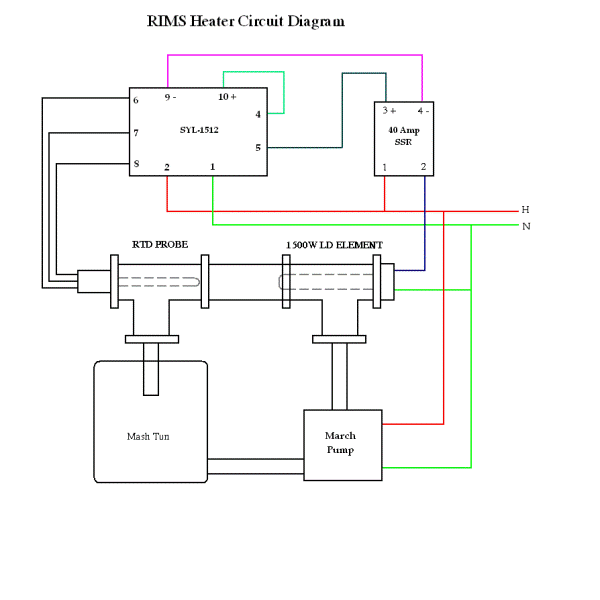So a question not related to what you guys are currently talking about.
With a RIMS setup, does it really matter how fast or slow you sparge considering your extracting most of the sugars when your mashing and recirculating?
During recirculation not all of the sugar is extracted, so a slow sparge should still be effective. There is still sugar in the grain after the mash, and it will take some time to rinse it out of there using clean hot water.
I brewed a porter recently, and when I had enough wort for the boil I closed the MLT drain. The runoff was pretty thin and did not taste sweet at that point. 30 minutes later I opened the drain again and now the runoff was darker and sweeter than before. I had done a 60 minute sparge, but either it was not sufficient time or the grain bed had channeled.






